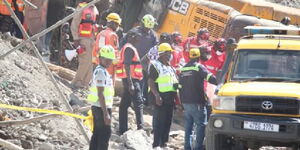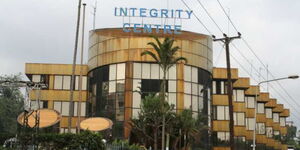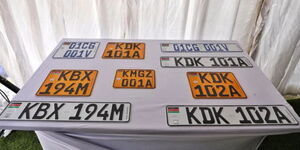The Directorate of Criminal Investigations has addressed images that circulated online indicating that a wanted criminal was spotted in Nairobi on January 9, 2020.
The DCI stated that neither of the photographed people were criminals, but rather, ordinary citizens who had visited the establishment.
A statement by the DCI informed that the images were taken and circulated with an alarming caption without proper facts and confirmation.
"This terrorist was spotted today in Westlands. Let's be on high alert and inform the authority when spotted because he managed to escape before the police could be called," the message that had circulated online read.
"Today a popular social joint/restaurant in Nairobi, without verifying or confirming or without any facts, by mere physical suspicion, photographed some innocent people who had, like other patrons, gone there for hospitality services circulated their photos with a caption of an alarmist caution that may cause apprehension and fear to patrons and members of the public," the statement by the DCI read.
In the statement, the investigative authority stated that the alarm posed a threat to the lives of the patrons who had been mistaken for criminals.
"This may endanger innocent persons who may be victimized by way of assault or even death by agitated members of the public or unnecessary encounter by security agencies," the statement read in part.
However, the DCI commended Kenyans for being ware of notices and reporting them to law enforcement.
"We encourage and thank anyone who may see and report any suspicious person(s) or activities to the police or any government agency, but warn not to circulate in social media," the statement added.
The DCI stated that it would investigate and inform Kenyans about alarmist cautions issued against members of the public for the sake of general safety.
"The police will investigate and inform the public of the status of the report/information in respect to an alarmist caution that may cause apprehension and fear to patrons and members of the public," the statement concluded.












